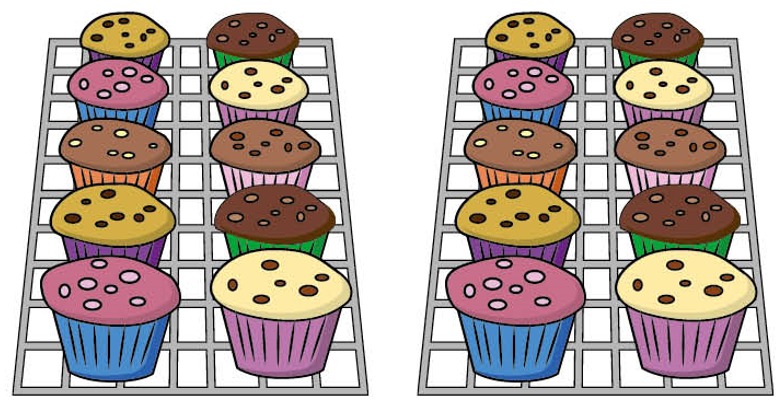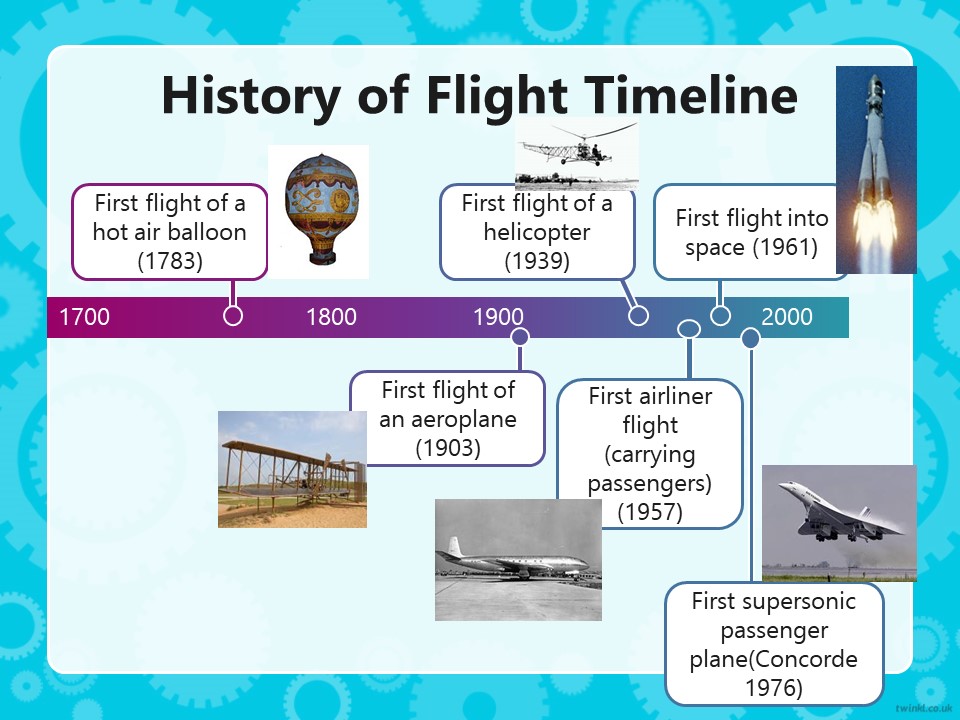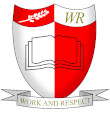We hope you’ve managed to have an enjoyable Easter break during these difficult times. We will continue to put work onto the Year One web page each week to help with your home learning. Ideally a little English, Maths and one other subject each day. However, everyone is in different situations so please don’t feel under pressure to do everything, just do as much as you can.
Follow us on Twitter @YearOneWR
Contact us by email if you have any questions. Thank you – remember you’re doing an amazing job.
l.thorn@wransom.herts.sch.uk
s.kholodenko@wransom.herts.sch.uk
a.morris@wransom.herts.sch.uk
Maths – Grouping and sharing
Over the next few weeks we will be introducing the children to multiplication and division by starting with adding and grouping in multiples. Children use equal groups to find a total. They will focus on counting equal groups of 2, 5 and 10 and explore this within 50.
Start with the first task and as your child becomes confident with that then move on to the next one. For extra practise to consolidate their learning there are worksheets to download and work through for each step.
- Say and then write out multiples of 10 to 100 (forwards and backwards). Then multiples of 5 to 50 (forwards and backwards) and then multiples of 2 to 30 (forwards and backwards).
- For further practise of counting in multiples there are some helpful NCETM videos at
https://www.youtube.com/playlist?list=PLQqF8sn28L9yTV9WxpHw-9BbqRe_f49fr
- Find 20 objects (e.g. counters, Lego bricks, cubes).
Sort them into equal groups of ten. Then say and record this as addition number sentences – see example below. (Focus on the importance of groups being equal.)

10 + 10 = 20
2 equal groups of 10 = 20
2 lots of 10 = 20 (As well as saying ‘groups of’ we can say ‘lots of’)
- Then sort the 20 objects into equal groups of five and record this as addition number sentences. Repeat with equal groups of two.
- Repeat the above with 30 objects. Sorting them into equal groups of 10, 5 and 2 and then recording this as addition number sentences.
- Next try answering these extension questions. Remember to always explain why or how you know.
English – Phonics
Group 1: This week’s sound is ‘au’ as in Paul.
Activities
- Practise writing these words with the ‘au’ sound: Paul, haunt, launch, dinosaur, astronaut. Explain the meaning of the words if they are new. Perhaps have a go at drawing a picture for the words and label them.
- Play Buried Treasure on www.phonicsplay.co.uk. Click on the link for free phonics play, parents, phase 5, buried treasure and then on our sound of the week.
- What other ways are there of spelling the ‘au’ sound? (or, ore, aw) Write all the options along the top of a page and see how many words you can come up with for each spelling.
- Choose a word with the ‘au’ sound and spelling and write a sentence with that word in it.
Group 2: This week’s sound is ‘oi’ as in coin.
Activities
- Practise writing these words with the ‘oi’ sound: oil, coin, soil, join, point, toilet.
- Play Buried Treasure on www.phonicsplay.co.uk. Click on the link for free phonics play, parents, phase 3, buried treasure and then on our sound of the week.
- Choose a word with the ‘oi’ sound and write a sentence with that word in it.
- Practise writing the following capital letters and lower case letters: Nn, Oo, Pp, Qq, Rr, Ss
English – Superheroes!
This week’s English theme is superheroes! If you have any books at home about superheroes read them. Watch a TV show or film about your favourite superhero. Afterwards talk about what special powers the superhero has. What do they do? What are they like?
Create your own superhero and draw it. On the back of your drawing or underneath write the name of your superhero and it’s special powers.
Describe your superhero. What does he/she wear? What does he/she like/dislike? Remember to use lots of adjectives.
Make up a story with your superhero in it.
Think about who else is going to be in your story and what the main event is going to be. Think about how your story will end. Before you write down your story act it out with other members of your family or act it out with Lego people or some other toys you may have. When you think your story is exciting write it down. Remember to think out each sentence carefully in your head before you start to write. Make sure it has a capital letter and try to use a good sentence opener and a conjunction if you can. Try not to start any sentences with ‘And’. Remember make one sentence perfect at a time – read it at least 3 times before you start the next one (with a capital letter!).
Science – Plants
Different plants and their uses
(Please note there is a powerpoint below to accompany this lesson if you would like to use it.)
What do we mean by plants? They are living organisms but different from animals. How?
They don’t have legs, arms & heads – what do they have instead? Leaves, stems, roots, branches, flowers, bark.
There are five main groups of plants – Trees, Bushes, Flowering Plants, Fruit and Vegetables.
Look in your garden – can you name any of the plants and identify which group it belongs to?
Plants are an essential part of our lives. They have many uses – can you think of any?
(Before looking at the list below)
- Food – fruit and vegetables give us energy and keep us healthy – Lots of other animals eat plants too, e.g. horses, cows & sheep eat grass; birds eat seeds & berries; squirrels eat nuts.
- Medicine – Some medicines are made from plants.
- Wood – Paper, pencils, furniture, floors, spoons, cricket bats, recorders, houses, etc. are made from wood (trees).
- Clothing – Cotton & linen clothes are made from plants. Where does wool come from? Sheep, alpacas, llamas, goats, etc.
- Building materials – Thatched roofs are made from plants – reeds.
- Oxygen – Plants also take in a gas called carbon dioxide which we breathe out as waste and give out oxygen (which we need to breathe in).
- Decoration – Plants are decorative too (pot plants, plants in the garden) and lawns are great for playing on!
How many things can you find in your house that are made of plants?
Geography – Traffic Survey
This week we would like you to carry out a traffic survey …… well, a traffic survey with a difference! Normally in our first week of the summer term we would stand on Wymondley Road and count the traffic that passes in a set time. We practise the skill of recording data, presenting the data and then drawing conclusions from the results.
If possible, carry out a traffic survey looking out of a window in your house. Keep a log of how much traffic you see. You can record this however you’d like. We’d love to see how you record it. We have shown the children how to do tally marks and hopefully they will remember that, but some may have an alternative way of recording what they see. Create a graph to show your results. Obviously, the traffic flow at present is very different to how it would be normally – why is this? What was the most common type of transport that you spotted? What was the least common? What was the most unusual type of transport?
If you are unable to see traffic from your window or you live on a very quiet road this is a nice, short, virtual traffic survey you can complete. Record the traffic you see and then make a graph to show what you spotted.
https://www.youtube.com/watch?v=CTWV237Gk18
PSHE
Think about the things that superheroes have in common. Can you think of any superheroes in our everyday lives? Allow children to make suggestions without prompting. They may say you (!), or members of a profession. Ask them to explain why they consider them a superhero. Explain that we need to be thankful for our everyday superheroes (whoever these are to your children!). Make a poster based on an everyday superhero with THANK YOU! as the main heading. Include in your information about why they are a superhero and why we should thank them.
History – Pioneers of Flight
This term, we will be learning about the invention and development of flight and some of the people involved.
What are aeroplanes used for?
Have you ever been on an aeroplane? What was it like? How long did it take?
Look at these ways of flying. Can you order them? Which one do you think came first?

Were you right?

Print out or draw these images and put them in chronological order in your book from oldest to most recent. Then label each one with the vehicle and the year.
How do you think the invention of aeroplanes has changed the way we live?
Art
On Tuesday 21st April it is The Queen’s birthday! She was born on 21st April 1926. Can you work out how old The Queen is?
The Queen has two birthdays. Her proper birthday is on 21st April and she celebrates this with her family and friends. She then has a second celebration (how lucky!!) so that we can all celebrate with her too, this is in June.
The tradition of having two birthdays was started a long time ago by King George ll in 1748. He was born in November. The King wanted a special parade to celebrate but the weather isn’t very good in November so he decided to have it in the summer instead! This tradition has carried on and this is why the Queen has two birthdays.
So, for your art home learning this week we would like you to design a birthday card fit for the Queen!
Be as creative as you can and think carefully about your designs. What colours will you use? Will you do a picture or patterns? Will your card have writing on it and if so how will this look? What shape will your card be? Will your card be pop up? 3D? Square? Rectangular? Don’t forget we love to see your work and so send your pictures to Mrs Morris and she’ll include them on our Year 1 page on the website. Have fun!
